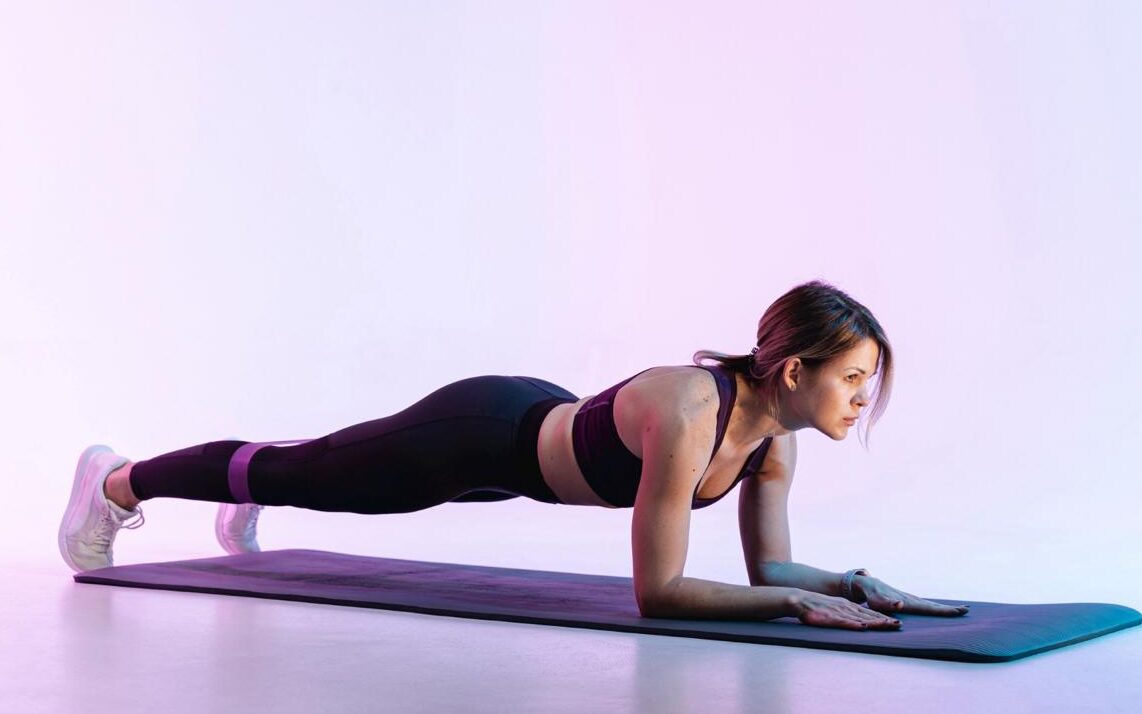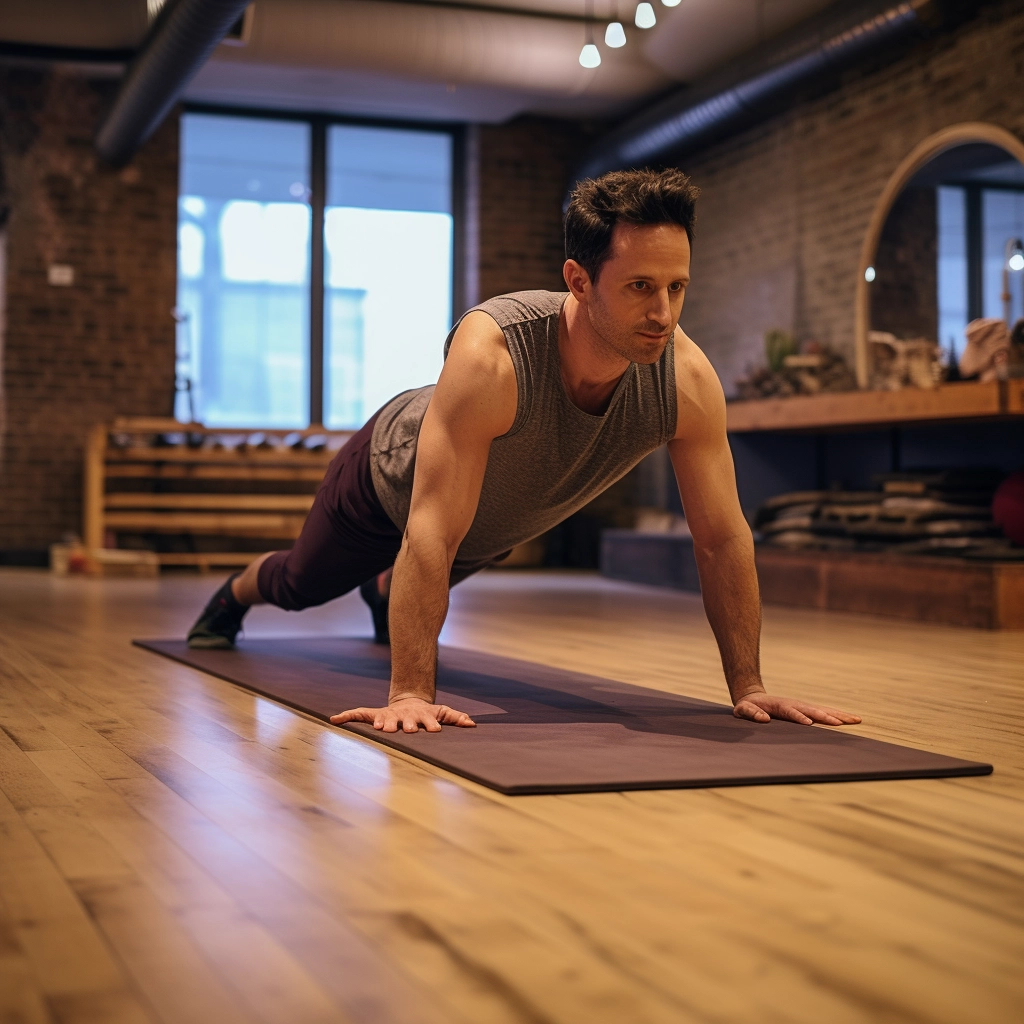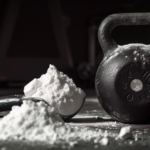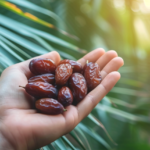Kumbhakasana, also known as the Plank Pose, is a yoga asana that involves holding a position similar to the push-up position. In this pose, the body forms a straight line from the head to the heels, with the arms extended and the wrists directly below the shoulders. The core muscles, including the abdominals and lower back, are engaged to maintain stability and balance in the pose.
Kumbhakasana strengthens the core, arms, shoulders, and back muscles, improves posture, and builds endurance. It is often incorporated into yoga sequences and fitness routines to enhance overall strength and stability.
In this guide, we will learn how to do Kumbhakasana correctly and safely. Kumbhakasana has many benefits for your body and we will give you clear instructions to follow.
Kumbhakasana Benefits
Kumbhakasana, also known as Plank Pose, is a fundamental yoga pose with far-reaching benefits for your physical and mental well-being. While seemingly simple, holding this pose properly engages numerous muscle groups and brings about many advantages. Here’s a deep dive into 7 key benefits of Kumbhakasana:
1. Strengthens the core: Kumbhakasana is a full-body isometric exercise that engages all the major muscle groups in your body, with a particular focus on your core. This powerful asana engages not just the superficial muscles, like the rectus abdominis, but also the deeper core muscles – the transverse abdominis and obliques, creating a foundation of strength and stability in the body. It’s also versatile, with variations such as the Forearm Plank and Side Plank, making it accessible for practitioners of all levels. Embrace the transformative power of Kumbhakasana and unlock a stronger, more balanced you.
2. Improves Posture: Kumbhakasana helps to lengthen and strengthen the muscles that support your spine, which can improve your posture. When you perform Kumbhakasana, it works by strengthening the core, shoulders, and back muscles, which are essential for a good posture. A strong core keeps you upright and prevents slouching, reducing back pain and making you look more confident. Practicing this pose regularly encourages you to hold your spine straight, both during your yoga practice and in daily life. It’s suitable for beginners and can be easily incorporated into your routine. Start embracing Kumbhakasana and say goodbye to bad posture and hello to standing tall and strong.
3. Increases flexibility: Kumbhakasana is not just about building strength; it’s a fantastic way to enhance flexibility too. While it primarily targets your core, Kumbhakasana also stretches and strengthens the muscles around your shoulders, arms, and legs. Regular practice of this pose increases the flexibility in your posterior muscle groups, including your hamstrings and calves, as you actively push your heels back. Additionally, it encourages a more flexible spine and opens up the shoulder muscles, promoting an overall range of motion. Incorporating Kumbhakasana into your daily yoga practice can lead to a more balanced and flexible body, aiding in the ease of performing everyday activities and reducing the risk of injuries.
4. Boosts metabolism: Kumbhakasana is a challenging pose that requires a lot of energy to hold. This can help to boost your metabolism and burn calories. This pose challenges your entire body, especially the core, by engaging multiple muscle groups simultaneously. As you maintain the posture, your body works harder to stay stable, increasing your heart rate and thereby boosting your metabolism. A higher metabolism means your body burns more calories, even at rest, aiding in weight management and energy levels. Incorporating Kumbhakasana into your daily routine not only strengthens your body but also helps in creating a more efficient metabolic system, leading to better health and vitality.
5. Improves balance: Kumbhakasana, or the Plank Pose, is a fantastic yoga pose known for its amazing benefits, including its ability to improve balance. This powerful pose requires you to engage your core, arms, and legs to maintain stability, challenging your body’s sense of equilibrium. Over time, practicing Kumbhakasana strengthens the muscles that help you stand, walk, and perform daily activities with better stability and coordination. It trains not just the body but also the mind to focus and find steadiness in challenging positions. By incorporating Kumbhakasana into your routine, you’ll gradually notice an improvement in your overall balance, making you more graceful and confident in your movements both on and off the yoga mat.
6. Reduces stress: Yoga, in general, is known to be a stress-relieving activity. Kumbhakasana is a challenging pose that requires focus and concentration, which can help to take your mind off of your worries and anxieties. Holding this pose requires concentration and breath control, which naturally shifts your focus away from daily stressors, promoting mental clarity and calmness. The physical effort to maintain Kumbhakasana stimulates the release of endorphins, the body’s natural mood elevators, which help in reducing feelings of stress and anxiety. Additionally, by strengthening the core and improving posture, this pose aids in alleviating physical tension that often accumulates in our bodies due to stress. Regular practice of Kumbhakasana can be a valuable tool in managing stress, leading to a more relaxed state of mind and a healthier, happier you.
7. Builds mental strength: Holding Kumbhakasana for even a short period of time can be challenging. This can help to build your mental strength and determination. This challenging yoga pose pushes you to maintain a position that demands focus, determination, and resilience. As you hold Kumbhakasana, you learn to calm your mind, control your breathing, and face discomfort with a sense of steadiness and patience. This practice of staying composed under pressure translates into greater mental strength, enhancing your ability to handle stress, anxiety, and challenging situations in everyday life. Incorporating Kumbhakasana into your yoga routine not only tones your body but also sharpens your mind, fostering an inner strength that supports both emotional balance and mental clarity.
How to Perform Kumbhakasana/Plank Pose:

Step 1. Prepare Your Body: Begin by warming up with gentle stretches and movements to prepare your body for the pose. This could include neck rolls, shoulder circles, and dynamic stretches for your legs and hips.
Step 2. Assume the Starting Position: Begin on hands and knees, with wrists under shoulders and knees under hips. Spread your fingers wide and press your palms firmly into the mat. Your body should form a tabletop position.
Step 3. Engage Your Core: Inhale deeply and engage your core muscles, pulling your belly button towards your spine. This will help stabilize your body and protect your lower back.
Step 4. Straighten Your Legs: Exhale slowly and begin to straighten your legs, one at a time. Keep your legs straight and your heels pressed into the mat. As you straighten your legs, continue to engage your core and maintain a flat back.
Step 5. Hold the Pose: Hold the Plank Pose for as long as you can, maintaining proper alignment and engaging your core. Aim to hold the pose for at least 30 seconds, gradually increasing the duration over time. Remember to breathe deeply throughout the pose.
Step 6. Release the Pose: To release the pose, lower your body back to the starting position, one leg at a time. Rest in Child’s Pose or downward-facing dog for a few breaths before moving on to other poses.
Tips for Beginners: - Start with shorter holds and gradually increase the duration as you build strength and stamina. - Focus on maintaining proper alignment to avoid injury and maximise the benefits of the pose. - Engage your core muscles throughout the pose to protect your lower back. - Modify the pose as needed by bending your knees or placing your forearms on the ground. - Listen to your body and avoid pushing yourself too hard, especially if you are new to the pose.
Variations of Kumbhakasana/Plank Pose:
Low Plank: A variation that is closer to the ground, suitable for beginners or those with wrist or shoulder issues.
High Plank: A variation with the hands elevated on a slightly raised surface, such as a block or chair.
Side Plank: A variation that targets the obliques and requires you to balance on one hand and the outside edge of one foot.
Reverse Plank: A variation that engages the hamstrings and glutes, with the body facing upwards and the feet elevated.
Contraindications for Kumbhakasana/Plank Pose
Kumbhakasana is a generally safe and accessible pose for most people. However, there are certain conditions where it is advisable to avoid or modify the pose.
1. Wrist or Shoulder Injuries:
If you have any wrist or shoulder injuries, putting weight on your hands in the Plank Pose can aggravate your condition.
This is especially true if you have carpal tunnel syndrome, tendinitis, or bursitis in your wrists or shoulders.
To modify the pose, place your forearms on the ground instead of your hands. This will reduce the pressure on your wrists and shoulders.
2. Back Injuries:
Kumbhakasana can put pressure on your back, especially if you have a herniated disc or sciatica.
If you have a back injury, it is important to avoid poses that involve arching your back, such as the Plank Pose.
To modify the pose, bend your knees or place your feet on a slightly elevated surface. This will reduce the pressure on your back.
3. Pregnancy:
Avoid doing Kumbhakasana when pregnant as it can strain the belly and raise the chance of accidents.
The hormonal changes during pregnancy can also make your joints more lax, which can increase your risk of injury.
If you are pregnant, it is best to avoid Kumbhakasana and other poses that involve inverting the body.
4. High Blood Pressure:
Kumbhakasana can increase blood pressure, as it involves holding your breath and inverting your body.
If you have high blood pressure, it is important to avoid poses that involve inverting the body, such as the Plank Pose.
You can modify the pose by keeping your feet on the ground and your hips slightly lower than your shoulders.
5. Other Conditions:
You should avoid Kumbhakasana if you have any of the following conditions.
- Glaucoma
- Recent eye surgery
- Menstrual cramps
- Severe headaches
- Dizziness
If you have any of these conditions, talk to your doctor or a yoga teacher before doing Kumbhakasana. They can help you determine if the pose is safe for you and recommend modifications if necessary.
Also important to listen to your body and avoid pushing yourself too hard. If you experience any pain or discomfort while practicing Kumbhakasana, stop the pose and rest.
Overall, Kumbhakasana is a beneficial pose that can offer a variety of benefits. However, it is important to be aware of the contraindications and to practice the pose safely and mindfully.
FAQs for Kumbhakasana Benefits –
1. What are the benefits of Kumbhakasana?
Kumbhakasana (Plank Pose) significantly strengthens the core, back, and shoulders, while also enhancing mental focus, stability, and endurance. It serves as a powerful tool for improving overall physical health and mental resilience.
2. Can I modify Kumbhakasana if I have wrist pain?
Yes, you can modify the pose by placing your forearms on the ground instead of your hands. This will reduce the pressure on your wrists.
3. How long should I hold Kumbhakasana?
Start by holding the pose for 30 seconds and gradually increase the duration over time. Aim to hold the pose for at least 60 seconds.
4. What are some common mistakes to avoid in Kumbhakasana?
Common mistakes to avoid include arching your back, letting your hips sag, or allowing your core to disengage. Focus on maintaining a straight line from your head to your heels and engaging your core throughout the pose.
5. Can Kumbhakasana help me lose weight?
Regular practice of Kumbhakasana can contribute to weight loss as it engages multiple muscle groups and boosts metabolism. However, it is important to combine yoga with a balanced diet and regular cardio exercise for optimal weight management.
References:
https://www.yogajournal.com/poses/types/strength/plank-pose-your-ticket-to-power-and-grace/
Read Also – Hatha Yoga Benefits







